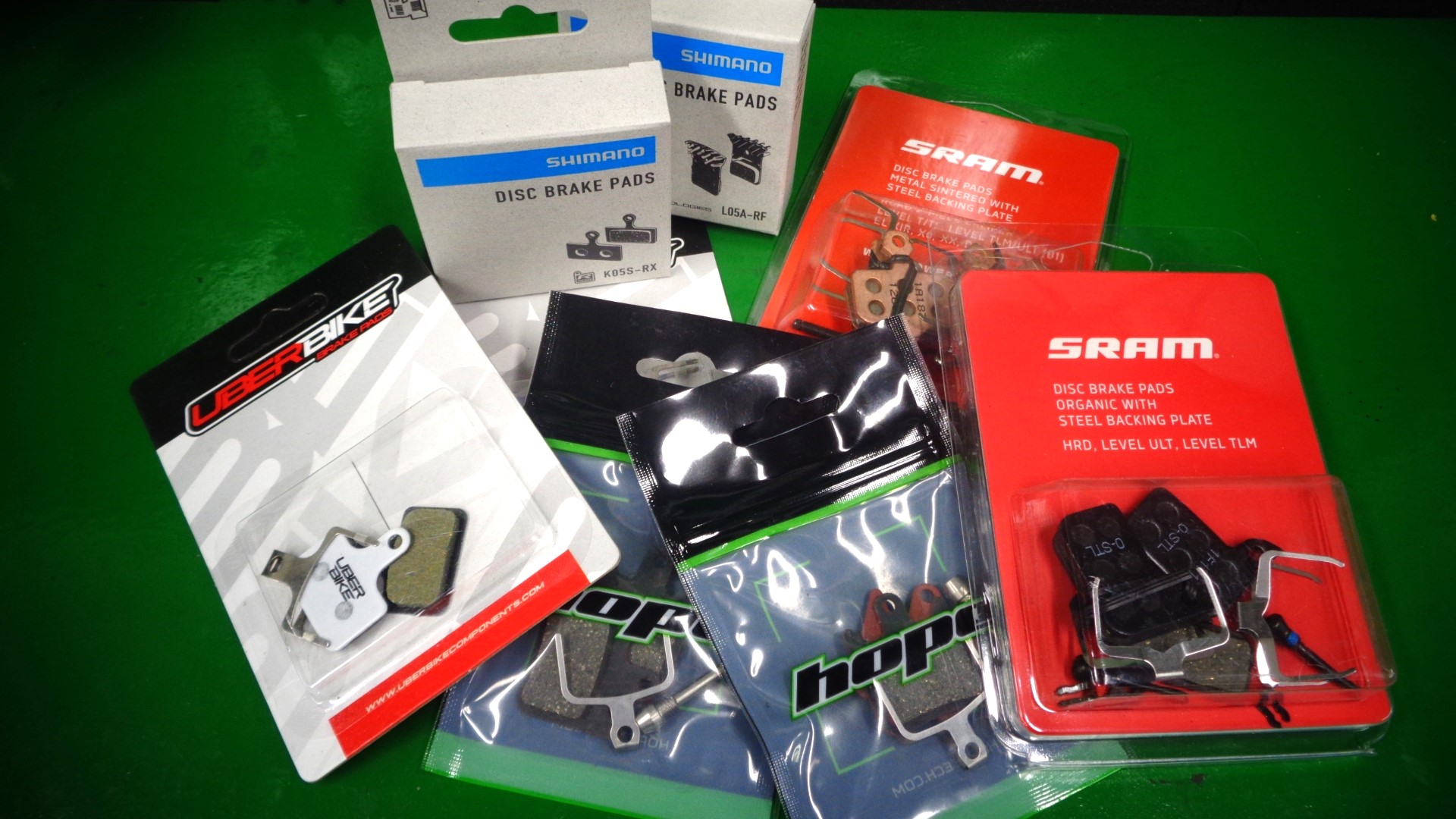Should I upgrade my pads and rotors? Is buying top-end parts worth it?
A brief explainer of the differences between high-end rotors and pads vs the alternative


Brake pads and rotors are an easy part of your bike to ignore, at least if they’re doing what they're supposed to. Usually, you’ll find out pretty quickly if they aren’t doing their job—sometimes to disastrous results. Upgrades are a common topic of conversation for many riders, but it’s rare for someone to make a point of investing specifically in upgrading to some of the best disc brake pads for road and gravel or rotors. Some of this could be chalked up to a lack of knowledge about brake technology, but the fact is that the parts of your bike that slow it down just aren’t very exciting.
Nevertheless, we’re going to dive a bit deeper: First, what are the differences between high-end vs entry-level brake rotors?
In a word: complexity. When we put this question to Shimano, the company told us that “higher-end rotors use all of the latest technologies, and as they go down in price, the rotors see fewer features. So, the RT-CL900 gets everything, the RT-CL800 doesn’t have the high heat dissipation paint, and then the next step down doesn’t get the radiator fins, but it still has the alloy sandwich. On the lower end, the rotors use full steel construction.”
Naturally, cost is commensurate with complexity. MSRP for a Dura Ace rotor is currently around $80 USD, whereas an RT54 rotor costs only $20, and this disparity is largely due to the manufacturing costs. The more complicated the rotor is to manufacture, plus the additions of mixed materials and special coatings, the more costs are impacted. Offerings from SRAM, as well as aftermarket options, are available at similar price points.
When it comes to brake pads, weight and heat management are also the primary differences between at the top and bottom end of the market. Some higher-end pads have fins to help with airflow, while more basic ones do not. Brake typically pads come in two varieties: organic vs. metallic. Organic pads are quieter and offer more modulation, but wear out faster and are less good at dissipating heat than metallic pads. It’s worth noting that there seems to be a smaller price delta between top-end vs entry-level offerings.
We asked Shimano what is recommended from a cost vs benefit standpoint, and the company said, “In general, the better the brake system manages the heat produced from braking forces, then the better the brakes will perform, which could result in longer-lasting parts.” However, choosing the right products “really depends on riding style, terrain, and many other unknown variables that help determine what level of performance they need for the riding they do.”
What about real-world differences on the road?
The latest race content, interviews, features, reviews and expert buying guides, direct to your inbox!
I conducted some testing of my own with high- vs. low-end rotors to see if I could tell the difference. I compared a set of SM-RT900 (Dura Ace) rotors against a set of mid-range Shimano rotors (specced on a GRX600 build). I used Shimano resin pads with each set of rotors. In order for any brakes to work properly, pads and rotors need to have been bedded in correctly, and both need to stay clean and free of contaminants. My testing was done on a bike with Shimano hydraulic brakes. Riders on cable-actuated discs might have a different experience.
I tested both setups on my usual Seattle routes as well as on one particularly steep, switchbacked descent where heavy braking is necessary. In terms of initial bite and modulation, both felt comparable. I could tell the brakes were heating up only at the end of the descent, but didn’t experience any fade or loss of power with either setup. Even with significant braking, at least for a short time, the mid-range rotors were up to the task.
The only difference I experienced between the two was that the mid-range rotors started pinging during the descent, meaning that they were beginning to overheat. On a longer descent (5+ minutes) I suspect the heat-dissipating properties of the high-end rotor would become necessary. For riders who don’t regularly descend alpine climbs, mid-range rotors are probably up to the task. A heavier rider may have a different experience, however.
Are the high-end parts worth the investment?
To sum things up: if you’re generally happy with the performance of your brakes, then continue going about your life without thinking about them more than is necessary. If, however, you feel that the performance of your brakes leaves something to be desired, it may be worth investing some time and energy into why that is. It could be that the pads or rotors need cleaning, or that your brake fluid needs to be bled. Once these steps are complete, then it’s time to take a hard look at where you’re riding, both in terms of terrain and weather.
If you are regularly riding in wet, gritty conditions (say on a commuter bike), then switching to metallic pads, if you haven’t already, is advisable. If you experience significant pad wear or brake fade from heavy braking on descents, investing in higher-end rotors and pads will help. Another potential avenue to explore is rotor size: road and gravel bikes typically use 140 or 160mm rotors. If your bike is compatible with the larger size, making the switch will add braking power—the larger surface area helps to keep them cooler—with only a minor weight penalty.
Based on my experience, I would say that for riders who don’t live near high mountains, mid-range rotors and pads should be more than adequate to provide sufficient braking power, as long as they’re kept clean and in good working order. For cyclists who are regularly riding down descents that are more alpine in length, better rotors are both a reasonable and worthwhile investment.

Tyler Boucher is a former (and occasionally still) bike racer across several disciplines. These days, he spends most of his time in the saddle piloting his children around in a cargo bike. His writing has appeared in magazines published in Europe, the UK and North America. He lives in Seattle, Washington.